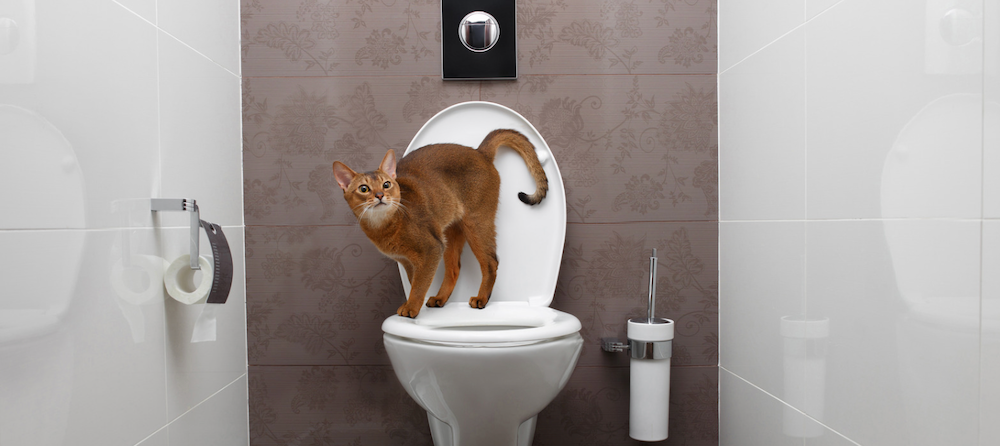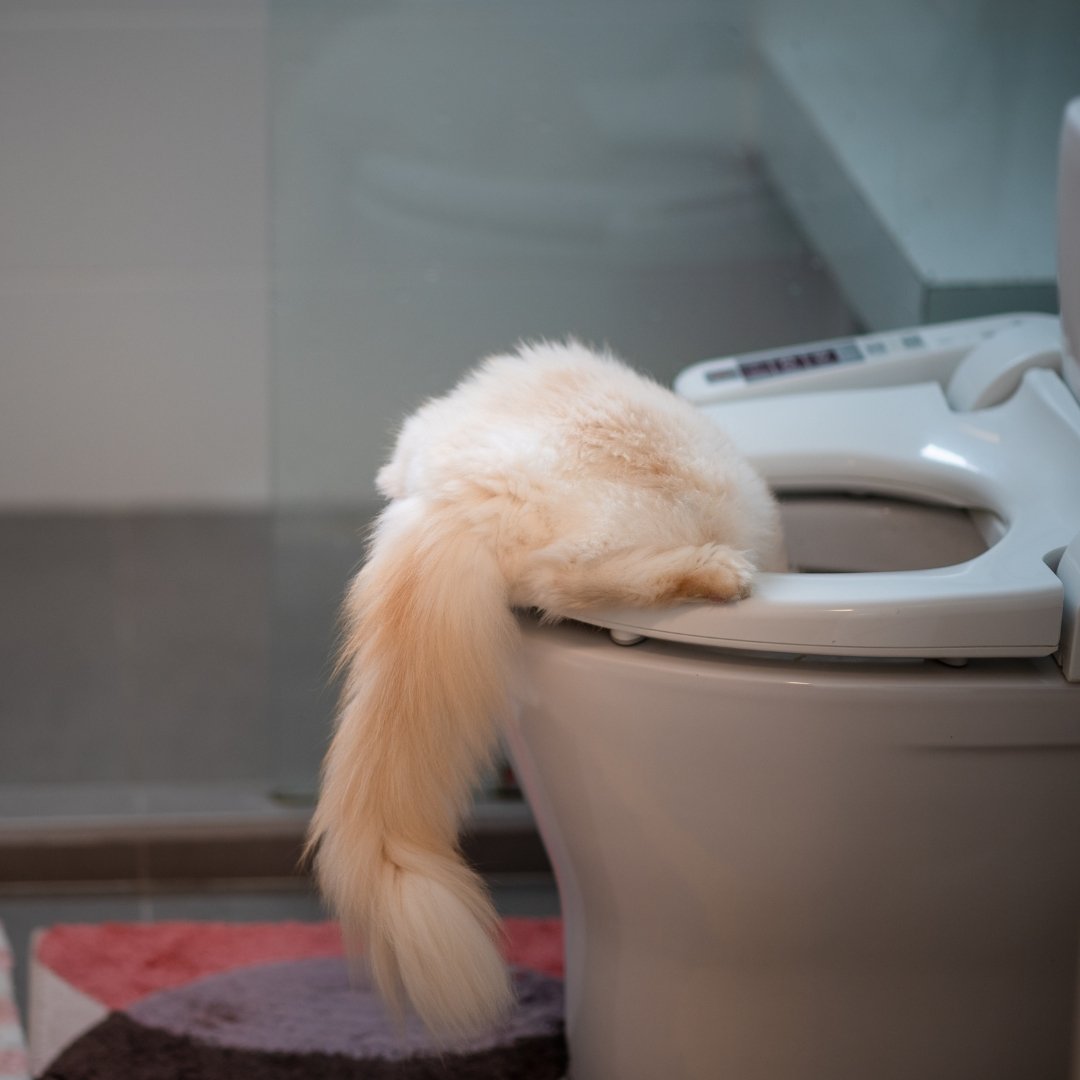We have come across this article pertaining to How to Dispose of Cat Poop and Litter Without Plastic Bags directly below on the internet and believe it made perfect sense to write about it with you on this page.

Intro
As cat owners, it's important to bear in mind how we get rid of our feline close friends' waste. While it may seem convenient to flush feline poop down the bathroom, this practice can have damaging repercussions for both the atmosphere and human health and wellness.
Ecological Impact
Purging cat poop presents unsafe microorganisms and bloodsuckers into the water, positioning a substantial danger to marine ecological communities. These contaminants can adversely affect aquatic life and compromise water top quality.
Health Risks
In addition to environmental concerns, flushing pet cat waste can additionally present health dangers to human beings. Cat feces may consist of Toxoplasma gondii, a bloodsucker that can create toxoplasmosis-- a potentially severe ailment, particularly for expectant women and individuals with damaged body immune systems.
Alternatives to Flushing
Luckily, there are safer and a lot more accountable means to deal with feline poop. Think about the following options:
1. Scoop and Dispose in Trash
One of the most usual technique of taking care of feline poop is to scoop it right into a biodegradable bag and toss it in the garbage. Be sure to utilize a dedicated trash inside story and dispose of the waste quickly.
2. Usage Biodegradable Litter
Go with biodegradable cat litter made from materials such as corn or wheat. These trashes are eco-friendly and can be securely disposed of in the garbage.
3. Bury in the Yard
If you have a backyard, take into consideration hiding cat waste in a designated area away from veggie yards and water resources. Make sure to dig deep enough to stop contamination of groundwater.
4. Set Up a Pet Waste Disposal System
Purchase a family pet waste disposal system specifically created for feline waste. These systems use enzymes to break down the waste, minimizing odor and ecological influence.
Final thought
Liable pet dog possession extends beyond providing food and shelter-- it additionally involves correct waste administration. By refraining from purging cat poop down the bathroom and going with different disposal techniques, we can reduce our ecological impact and protect human wellness.
Why Can’t I Flush Cat Poop?
It Spreads a Parasite
Cats are frequently infected with a parasite called toxoplasma gondii. The parasite causes an infection called toxoplasmosis. It is usually harmless to cats. The parasite only uses cat poop as a host for its eggs. Otherwise, the cat’s immune system usually keeps the infection at low enough levels to maintain its own health. But it does not stop the develop of eggs. These eggs are tiny and surprisingly tough. They may survive for a year before they begin to grow. But that’s the problem.
Our wastewater system is not designed to deal with toxoplasmosis eggs. Instead, most eggs will flush from your toilet into sewers and wastewater management plants. After the sewage is treated for many other harmful things in it, it is typically released into local rivers, lakes, or oceans. Here, the toxoplasmosis eggs can find new hosts, including starfish, crabs, otters, and many other wildlife. For many, this is a significant risk to their health. Toxoplasmosis can also end up infecting water sources that are important for agriculture, which means our deer, pigs, and sheep can get infected too.
Is There Risk to Humans?
There can be a risk to human life from flushing cat poop down the toilet. If you do so, the parasites from your cat’s poop can end up in shellfish, game animals, or livestock. If this meat is then served raw or undercooked, the people who eat it can get sick.
In fact, according to the CDC, 40 million people in the United States are infected with toxoplasma gondii. They get it from exposure to infected seafood, or from some kind of cat poop contamination, like drinking from a stream that is contaminated or touching anything that has come into contact with cat poop. That includes just cleaning a cat litter box.
Most people who get infected with these parasites will not develop any symptoms. However, for pregnant women or for those with compromised immune systems, the parasite can cause severe health problems.
How to Handle Cat Poop
The best way to handle cat poop is actually to clean the box more often. The eggs that the parasite sheds will not become active until one to five days after the cat poops. That means that if you clean daily, you’re much less likely to come into direct contact with infectious eggs.
That said, always dispose of cat poop in the garbage and not down the toilet. Wash your hands before and after you clean the litter box, and bring the bag of poop right outside to your garbage bins.
https://trenchlesssolutionsusa.com/why-cant-i-flush-cat-poop/

I stumbled upon that article on How to Dispose of Cat Poop and Litter Without Plastic Bags while doing a lookup on the internet. Feel free to take the opportunity to distribute this write-up if you liked it. Thank you for taking the time to read it.
Booking